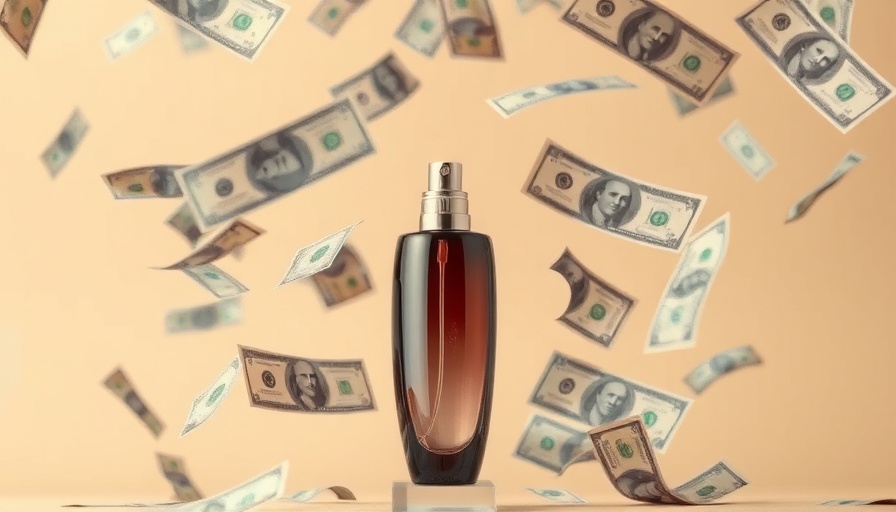
Understanding the Impact of Recent Tariffs on the Beauty Industry
In the wake of President Trump’s announcement regarding substantial tariffs affecting around 180 countries, beauty brands are left grappling with potential cost increases and supply chain disruptions. Small businesses, in particular, are feeling the pressure, as highlighted by Melissa Butler, founder of The Lip Bar. As she candidly shared on social media, the newly imposed 32% tariff on imports from Taiwan, where her products are primarily manufactured, could greatly inflate costs for her brand and leave consumers with heftier prices than before.
The Struggles of Smaller Beauty Brands
The plights faced by indie beauty brands exemplify the stark realities of operating in a global economy. Julie Longyear, the founder of Blissoma, echoes similar concerns, indicating that her brand faces a staggering 79% tariff on glass containers imported from China. While Blissoma has the advantage of local production for some goods, the sheer volume of imports needed for their raw ingredients remains unfazed by geographical boundaries. Companies like hers, relying on international suppliers for key components, inevitably must balance tariff impacts with maintaining affordable pricing for consumers.
Long-Term Implications for Costs
Longyear estimates an average increase of around 20% for their raw materials, as tariffs hit numerous critical ingredients sourced from countries like South Africa and Indonesia. For brands that source their entire production overseas, tariffs could mean not just cost elevation of the components but also on finished goods—an unfortunate double whammy that's poised to affect retail prices significantly.
What This Means for Conscious Consumers
The implications of these tariffs reach beyond mere profit margins; they speak to the values of transparency and sustainability that many conscious consumers prioritize today. For those invested in clean beauty, it’s crucial to understand how these shifts may affect the accessibility and affordability of the products they cherish. Brands that champion ethical sourcing and transparency may feel pressured to compromise on their principles, risking consumer trust in the process.
Staying Afloat in Uncertain Waters
As numerous brands strategize to navigate this tariff turmoil, it will be fascinating to observe the creative solutions they implement. Whether it’s searching for alternative suppliers, adjusting pricing models, or even localizing more aspects of their production, these adaptations could redefine how beauty brands operate moving forward. In an industry where loyalty to transparent practices is paramount, finding ways to maintain fidelity to those values during financial strain will be essential for survival.
As we observe these changes, it serves as a reminder for consumers to advocate for brands who prioritize not just quality, but also sustainability and ethical practices. Increased awareness about pricing and sourcing could transform consumer habits, fostering a renewed appreciation for transparency.
 Add Row
Add Row  Add
Add 




Write A Comment